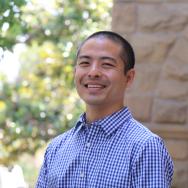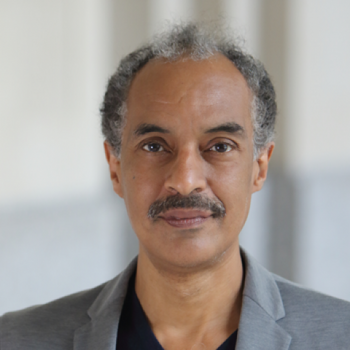India’s Century? A Conversation with Indrani Bagchi
Time: 7:30am-8:45am California, USA 2 March 2022
9:00pm-10:15pm New Delhi, India 2 March 2022
India’s international position has evolved sharply in the first two decades of the 21st century, and it is poised to become only more consequential in coming decades. Its strategic interests and influence have now stretched into the distant reaches of the Indo-Pacific, it has emerged as a central actor in managing global governance challenges like climate change, and it may have the capacity to take a commanding position in some key leading-edge technologies. In this webinar, veteran journalist Indrani Bagchi, who spent nearly two decades covering India’s foreign relations for the Times of India, will reflect on India’s recent trajectory and its prospects. Through the prism of some key episodes and issues of India in the 21st century, the webinar will examine India’s capacity and approach to manage international issues, as well as the constraints and challenges Indian policymakers must face.
Speaker:

Moderator:

This event is co-sponsored by Center for South Asia
Via Zoom Register at:
https://bit.ly/3HXiwTy
Arzan Tarapore
Arzan Tarapore is a Research Scholar whose research focuses on Indian military strategy and regional security issues in the Indo-Pacific. In academic year 2024-25, he is also a part-time Visiting Research Professor at the China Landpower Studies Center, at the U.S. Army War College. Prior to his scholarly career, he served for 13 years in the Australian Defence Department in various analytic, management, and liaison positions, including operational deployments and a diplomatic posting to the Australian Embassy in Washington, DC.
His academic work has been published in the Journal of Strategic Studies, International Affairs, The Washington Quarterly, Asia Policy, and Joint Force Quarterly, among others, and his policy commentary frequently appears on platforms such as Foreign Affairs, the Hindu, the Indian Express, The National Interest, the Lowy Institute's Interpreter, the Brookings Institution’s Lawfare, and War on the Rocks.
He previously held research and teaching positions at Georgetown University, the East-West Center in Washington, the Observer Research Foundation in New Delhi, and the RAND Corporation.
He earned a PhD in war studies from King's College London, an MSc from the London School of Economics, and a BA (Hons) from the University of New South Wales. Follow his commentary on Twitter @arzandc and his website at arzantarapore.com.





















